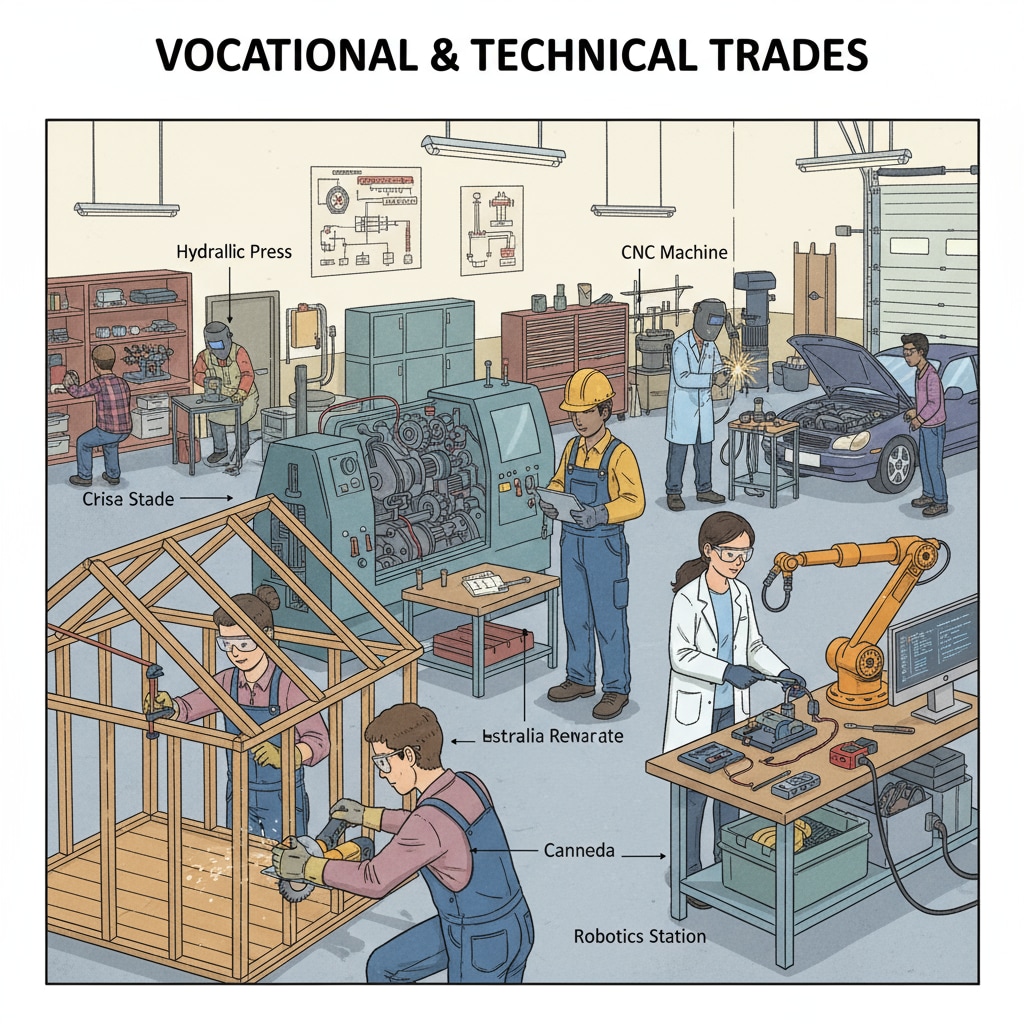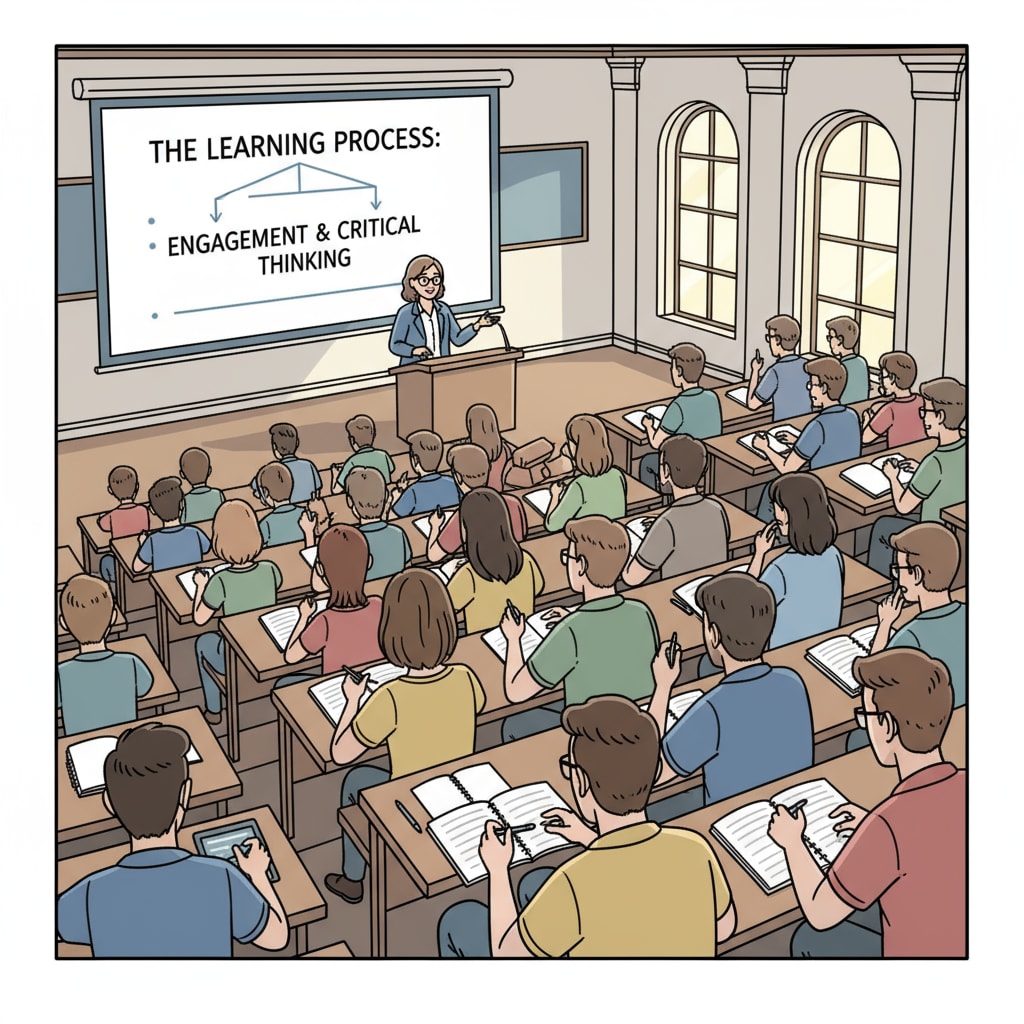When considering the path of education, the concepts of higher education, return on investment, and vocational and technical education come to the forefront. For a long time, society has held the belief that obtaining a higher education degree is the surefire way to achieve a high return on investment in one’s future career. However, a closer look reveals a different story.

The Higher Education Myth
In many countries, higher education has been glorified as the key to a prosperous future. The pursuit of a university degree often comes with a hefty price tag. In the United States, for example, the cost of tuition at many private universities has skyrocketed in recent decades. According to National Center for Education Statistics, the average cost of tuition and fees at private nonprofit four-year institutions was over $38,000 in the 2022 – 2023 academic year. Students often take on large amounts of student loans to finance their education, which can become a significant burden after graduation.
Moreover, the job market for university graduates is not as rosy as expected. Many graduates find themselves struggling to secure well-paying jobs in their fields of study. There is a saturation of certain degree holders in the market, leading to fierce competition and lower starting salaries in some industries.
The Rise of Vocational and Technical Education
On the other hand, vocational and technical education is emerging as a viable alternative with a potentially higher return on investment. Vocational and technical programs are designed to provide students with practical skills that are in high demand in the job market. These skills are directly applicable to specific trades and industries.

In Australia, vocational education and training (VET) courses are popular among students. These courses typically take less time to complete compared to a full-fledged university degree. For instance, a certificate or diploma course in fields like plumbing, electrical work, or culinary arts can be completed in a relatively short period, usually within one to two years. This means students can enter the workforce earlier and start earning money sooner.
The cost of vocational and technical education is also significantly lower. In many cases, the tuition fees for VET courses are a fraction of what students would pay for a university degree. Additionally, the demand for skilled workers in these trades is high. According to Australian Bureau of Statistics, there is a shortage of workers in various vocational fields, which often results in good job prospects and competitive salaries for graduates of vocational and technical programs.
In conclusion, while higher education has long been regarded as the gold standard, the reality of its return on investment is more complex. Vocational and technical education offers a more cost-effective and practical path for many students. It provides a quicker route to employment, lower costs, and strong job prospects in in-demand fields. As students and parents consider educational options, it is essential to weigh the benefits and costs of both higher education and vocational and technical education to make an informed decision about the best investment in one’s future.
Readability guidance: The article uses short paragraphs to present ideas clearly. Lists are not always necessary but when appropriate, they help summarize key points. The passive语态 is kept to a minimum, and transition words like “however”, “moreover”, and “on the other hand” are used to connect ideas smoothly.


